Remember that the best time to sharpen a blade is before it goes dull. If you wait for the blade to go blunt, blade sharpening will take you a lot more effort and time.
Sharpening and sharp tools are necessary for all sorts of work around the household – from the kitchen to the garden to DIY projects. When you require a blade for a task, using a blunt instrument can pose a higher risk of injury. Sharp tools cut better and are safer because you have more control, and the cut requires little physical strain.
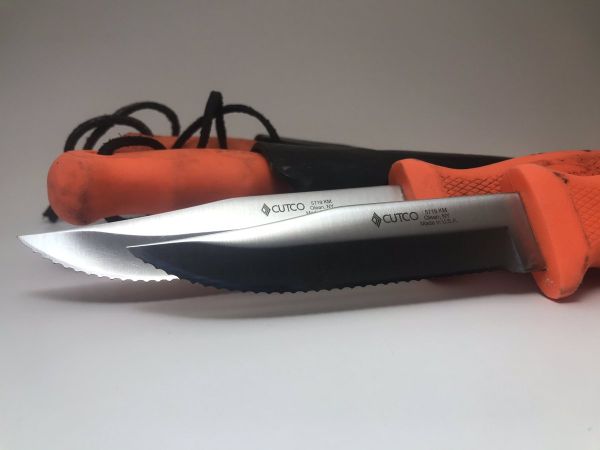
You get a clean, flat surface with no scratches and no clear lines without touching your tracks. In short, a sharp instrument is a must-have!
In this article, we will list some helpful tricks when it comes to sharpening your tools.
Honing Tips
Prep and Hold
The honing station should be set low – approximately 30 “-36” from the ground to the stone’s top for appropriate control. For roughing with damaged edges, use 800 gritstones. For the sharpest, use 1200 gritstone for honing, and then go to 6000 or 8000 grit stone for polishing.
Mark the stone’s end with a hardened pointed object and mark the stone with gravel. Be careful with these steps, as a bit of error can mean having to restart the entire process.
To prevent chipping, rub with 150-grit sandpaper or a flattened stone to chamfer all the old and new stone’s sharp edges. Pay particular attention to the end where the gap is most likely to widen the chamfer.
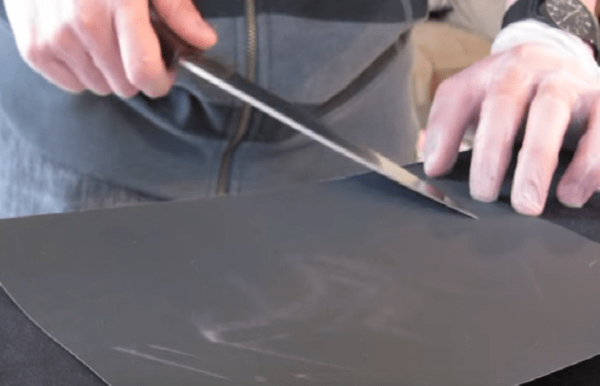
Keep water in a spray bottle while working to moisten the stone. When grinding a ridge or slope, lay the rock’s tool and move it back and forth to get a traditional shape.
This method gives more control and provides more tactile feedback while holding the device at a constant angle.
Keep your Stones Flat
You can use any stone to flatten another stone, but the cutting speed of commercial stones and diamonds is much faster. Rough diamonds cut more than flat diamonds and have a smoother surface, and they usually cost three times.
Using plenty of water, smooth flat stones back and forth on the grindstone by pushing it straight forward and tilting it. Rotate the honing stone 180 ° once or twice and repeat one more time. When the color is uniform, it is flat, with no dark or light spots.
Hone the Back
The backs of new chisels and irons need to be flattened, and regular sanding sometimes requires similar work.
To speed up this usually laborious process, make a 13⁄4 × four × 71⁄2 “hardwood block, press the tools and bricks towards the stone against the front end 1” -2 “.
Hand-hone the Bevel
A constant angle is essential when honing a bevel. And since the grinding wheel leaves a hollow grinding stage, manual grinding is better suited for beginners’ skill.
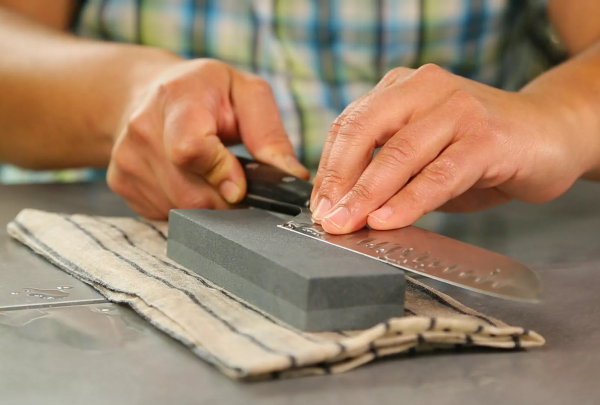
Place the slope on a rock and shake it until you feel it is seated. Hold the tool backward from one to three fingers as you do when grinding, lock your elbows, and move the device with your upper body instead of your arms.
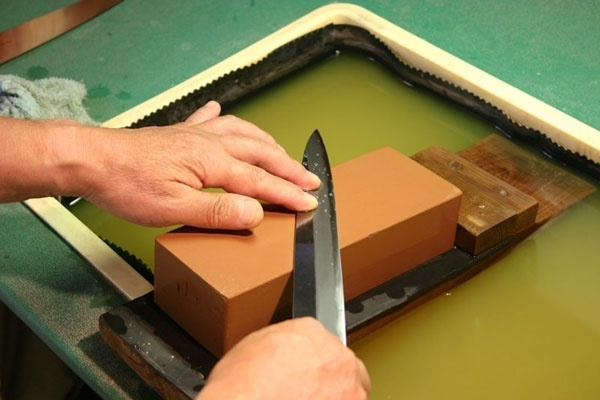
Once you feel the burr, turn the tool over and grind away the back. To get a longer, harder edge, turn the device to merge and improve the already sharp edge, reducing the pressure each time you touch the sides.
Grinding Tips
Set up your Grinder
Forming new tools, changing the bevel angle, or removing only the notches on the edges are bench grinders’ tasks. When rotating at a speed of 1750 rpm, the slow speed grinder generates less heat than a traditional 3450 rpm grinder.
It reduces the possibility of burning or “bluing” of the tool. Depending on the wheel diameter listed, you can select 6″ or 8″ models.
A larger wheel can grind more steel quickly, but it will heat the edges more. Smaller models are usually cheaper.
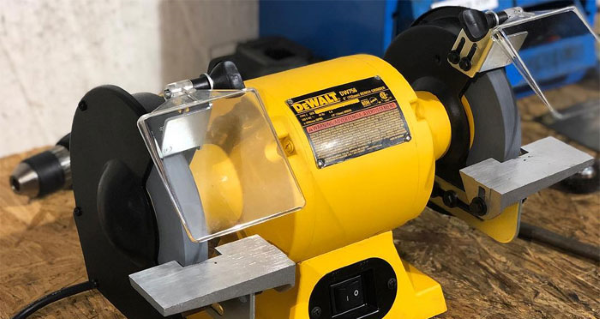
For best control, position the grinder higher. The wheel’s center is level with the curved elbow. With this setting, you can lock your elbows and use your upper body and forearms to make the tool move more from side to side.
Of course, you need a strong tool holder. Look for a large table that is adjustable in height and angle and can be locked. The tool holder around the flap disc is a convenient function for light side sanding.
Grinding wheel 120 is the best choice for most woodworking tools. Look for wheels with a ceramic bond. They are easy to break down during use, revealing new particles. And it also reduces heat build-up – thus reducing the risk of blueness. As the wheels will wear and collect metal debris, clear the work surface as you go.
Use a silicon carbide dressing to smooth the surface and shape the light belly. The belly prevents excessive abrasion and gives you more control, especially when using narrow tools.
Check out these bench grinders reviewed as the best you think about getting a grinder but still confused about what it could be.
Also, since you cut in the middle, you do not have to completely swing a comprehensive tool to the wheel’s side like a flat wheel.
Reshape an Edge
When grinding most edge tools, the target is a square edge. The tricky part is to draw a precise reference line for use when grinding because steel can resist pens and pencils.
The solution is to spray a layer of fast-curing laying fluid or blue for the mechanic on the back of the chisel or iron to the cutting edge.
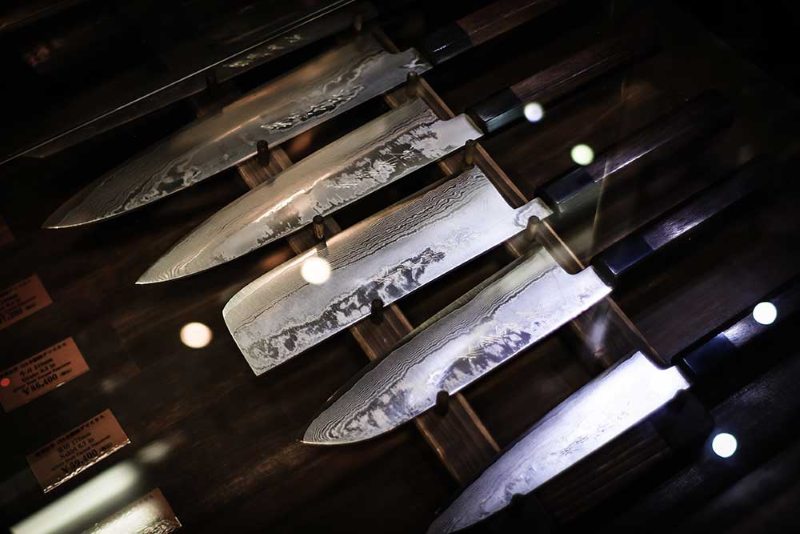
You can polish the consecutive lines or use it as a marker for looking at straight lines and squares. Brush with denatured alcohol or rub it on the stone two or three times to get thin paint.
Color the Bevel
Consistent bevel grinding is the key to sharpening tools. However, it can be challenging to check the progress of the grinding process. The dark marker takes the guesswork out of your job and lets you gauge your progress while sanding.
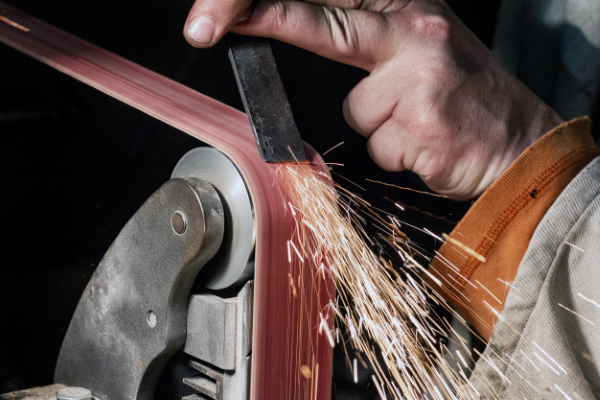
Select the entire surface of the bevel and sand until all color is removed.
Once you have the talent to polish a smooth, consistent bevel, take a closer look at your work.
Cool off the Blade
Putting out the blade in the water is a disaster waiting to happen. It is too hot, and cutting will cause small cracks in the steel, weakening the edges.
Instead, you can hold the hot blade on the computer cooler for a while to cool the hot blade without weighing down the steel.
CONCLUSION
When it comes to blade sharpening, in most cases, the clearer, the better. Edge sharpness depends on the angle and particle size selected for final honing.
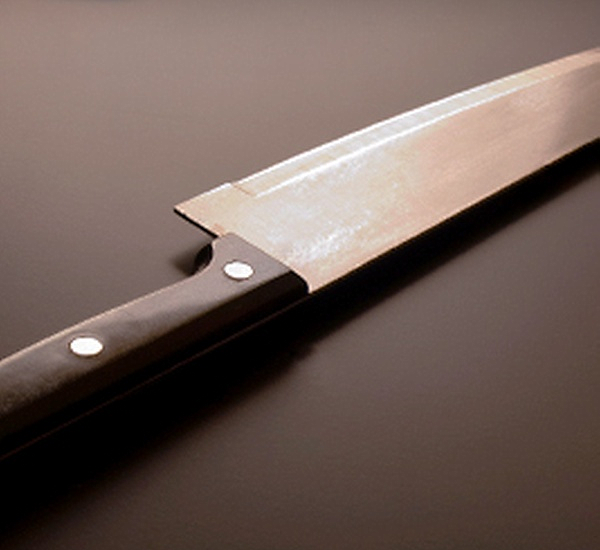
Since you have set the angle in many steps, you just need to know which gravel you can stop.
It depends again on the use of the knife. In most cases, choose the best stone you have as this will give you the best edge.
Also Read: 4 Essential Accessories and Gadgets every Online Sports Bettor Needs





